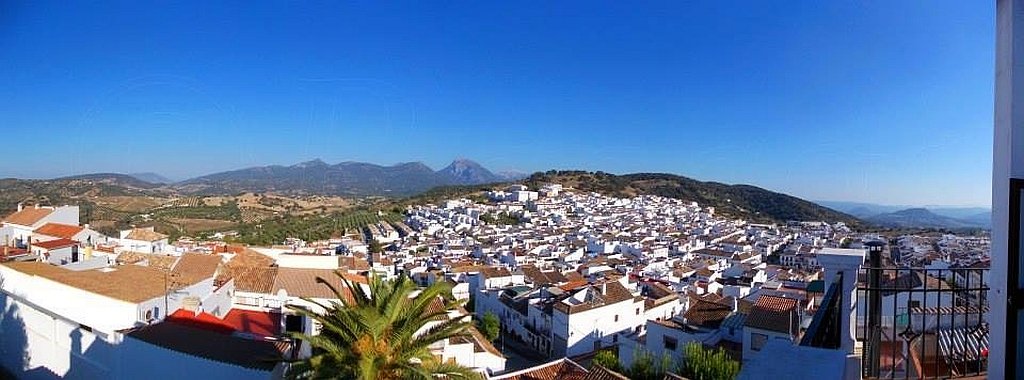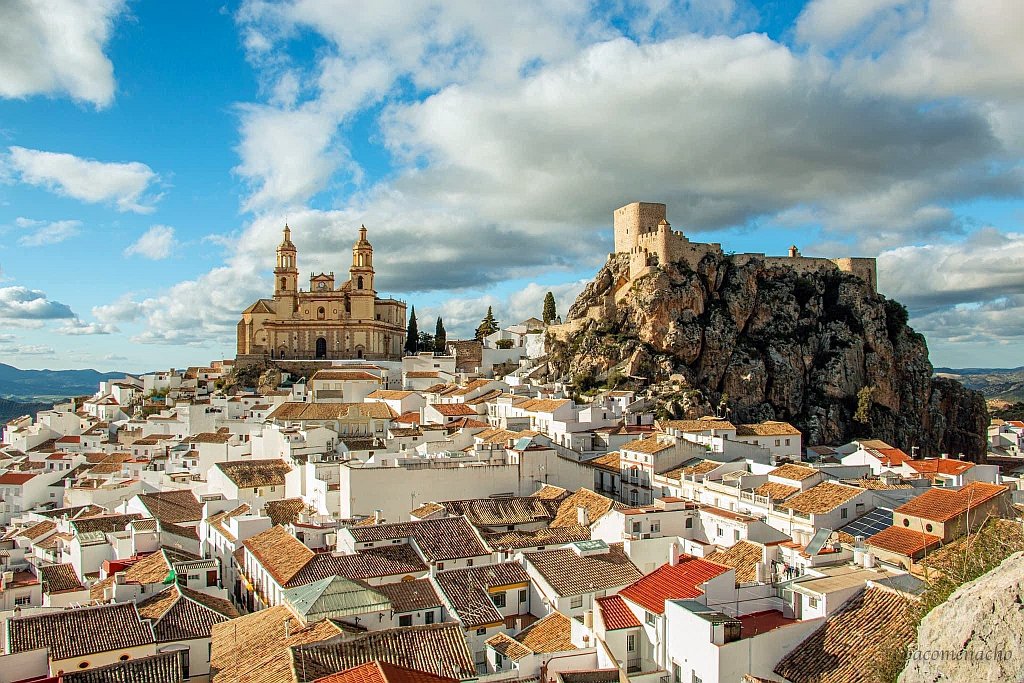The Province of Cádiz is divided into 6 comarcas (regions) that include a total of 44 municipalities, with the famous city of Cádiz as its capital. Other important cities in the province include Jerez de la Frontera and Algeciras.
The Population of Cádiz
The population of Cádiz Province is approximately 1,255,164 inhabitants. Of these, around 600,000 live in the metropolitan area of the Bay of Cádiz, which includes Cádiz city and nearby towns like Chiclana, El Puerto de Santa María, Puerto Real, and San Fernando. This makes Cádiz one of the most densely populated areas within Andalusia.
I’ve been living in this lovely area of Western Andalucia for the last 20 years or so and dedicate most of my time to the running of English language tourist information websites for the towns of Cádiz, Ronda, Grazalema, the famous or infamous Caminito del Rey, and also Wildside Holidays, which promotes sustainable and eco-friendly businesses running wildlife and walking holidays in Spain. My articles contain affiliate links that will help you reserve a hotel, bus, train or activity in the area. You don’t pay more, but by using them you do support this website. Thankyou!




